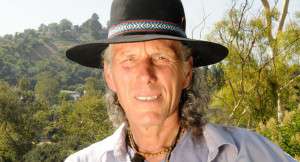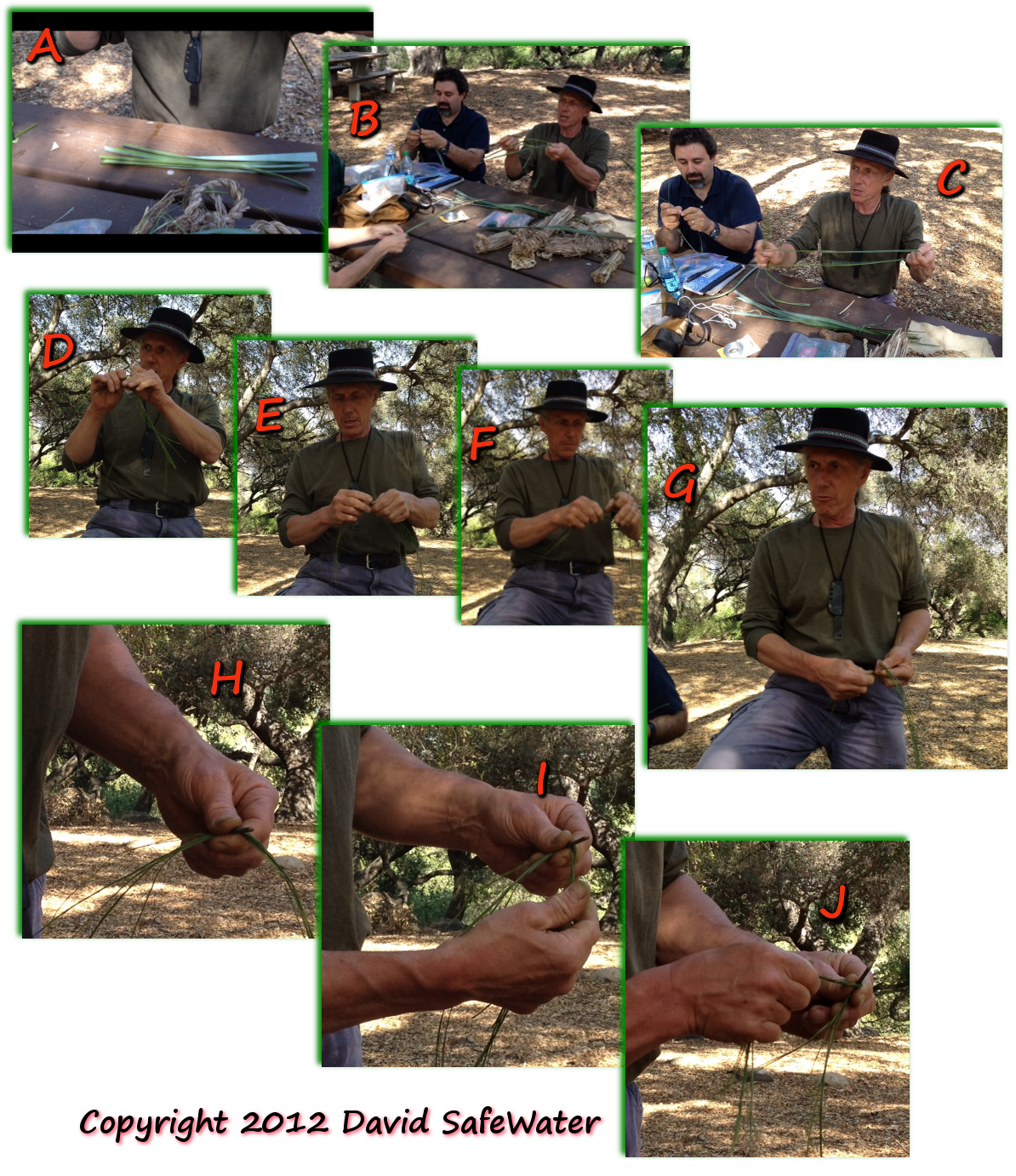 Earlier this year, Christopher Nyerges was recently featured on National Geographic's Doomsday Preppers. Most of us preppers got a laugh out of the show, especially those of us who know Christopher personally. I personally know that his first priority isn't the bed of the Los Angeles river, foraging for wild greens with packets of salad dressing from his pack. Ultimately, rational people understand NatGeo's need for creating appealing & entertaining content; they've got to paint a colorful story and sell their creatives.
Earlier this year, Christopher Nyerges was recently featured on National Geographic's Doomsday Preppers. Most of us preppers got a laugh out of the show, especially those of us who know Christopher personally. I personally know that his first priority isn't the bed of the Los Angeles river, foraging for wild greens with packets of salad dressing from his pack. Ultimately, rational people understand NatGeo's need for creating appealing & entertaining content; they've got to paint a colorful story and sell their creatives.
I was fortunate enough to sit down and interview Christopher this week before one of his weaving courses. We met at “Location 2: Hahamongna Watershed Park” near JPL in La Cañada Flintridge, California. After our interview, he invited me to attend the class with his students who attend regularly. I discovered that we had at least one software engineer who has worked at JPL for at least 20 years and a trained horticulturalist in attendance. His classes usually find 10-12 students in attendance. Wednesday, there were four of us.
I have to admit that Christopher's tone of humor and wit added a dimension to our learning that was fun. His multicultural knowledge was evident when we discussed regional variations of yucca and its many applications from food to footwear, and brushes to soap. He demonstrated how to make virtually limitless strands of twine or cordage from the yucca leaf samples taken from our location there. We also made a brush from whole leaves which were then held in place via cordage fashioned on the spot.
I had to leave so I was unable to stay for the “plant walk” that he provided wherein he shows students where and what to eat, in terms of local, safe, and nutritious plants found throughout Southern California. I will be attending those classes personally in the near future.
Below are some images that captured of our interaction. Refer to the description below the image with a corresponding letter on each still. I plan on attending more of his classes…who knows? And don't be surprised if you see DVDs of these courses becoming available in the next few months.
A. Christopher has gathered and sized several leaves of nearby yucca. We can use these leaves to make cordage, rope, use it as soap to lather our hands and clean them with water, and more.
B. Here, he is separating the leaves into long fibrous strands that will be used for basic rope.
C. Again, separating the yucca leaves length-wise to weave basic rope that has impressive tensile strength when made properly.
D. Here, Christopher is creating a center point which will form the loop of the rope strand we are weaving. Essentially, we hold several lengths of separated fiber together and pinch the halfway point of length. This will create two groups of fibers that hang down, ready for us to begin twisting against each other.
E. & F. & G. He holds a stick which will serve as a holding point for the loop. He is placing the midway-point of the fibers over the stick.
H. This close-up shows the fibers on top of the stick. The group of fibers pointing away from the body will be twisted as a group and the twisting motion twists them away from the body. Think of it this way: if you held those fibers in between the thumb and index fingers of your right hand, you would roll the thumb away from your body while bringing the index finger toward your body under the thumb. Since those fibers would be pinched in between those two fingers, the fibers would be caused to roll with your thumb's direction, frictionally twisting the strands of that group together.
I. Once you have twisted the strands as described in point H, you prepare to maintain the twist as a group for the next step, J.
J. Bring the twisted fibers of your right-hand over the group that remains loose & untwisted closest to your body. Then bring the loose & untwisted group of fibers forward and repeat steps H through J. Ultimately, you'll have a section of cordage.
My apology for lack of more photos. This was not intended to be a tutorial, simply some pictures capturing the instruction we received while attending one of many of Christopher's classes. It truly would have been worth the $20 price by itself.
Be sure to visit ChristopherNyerges.com for a schedule of his on-site courses, to purchase his books, or get more info on him. He's a great guy and we support his efforts.








No comments yet.